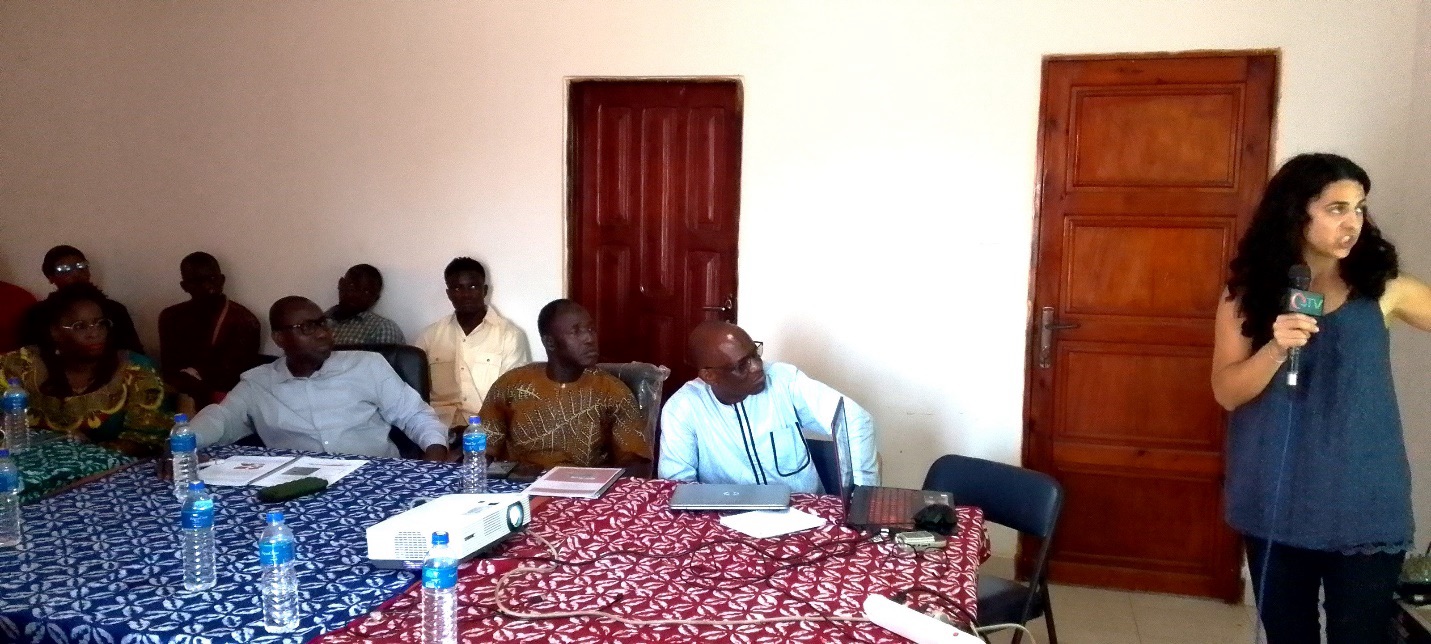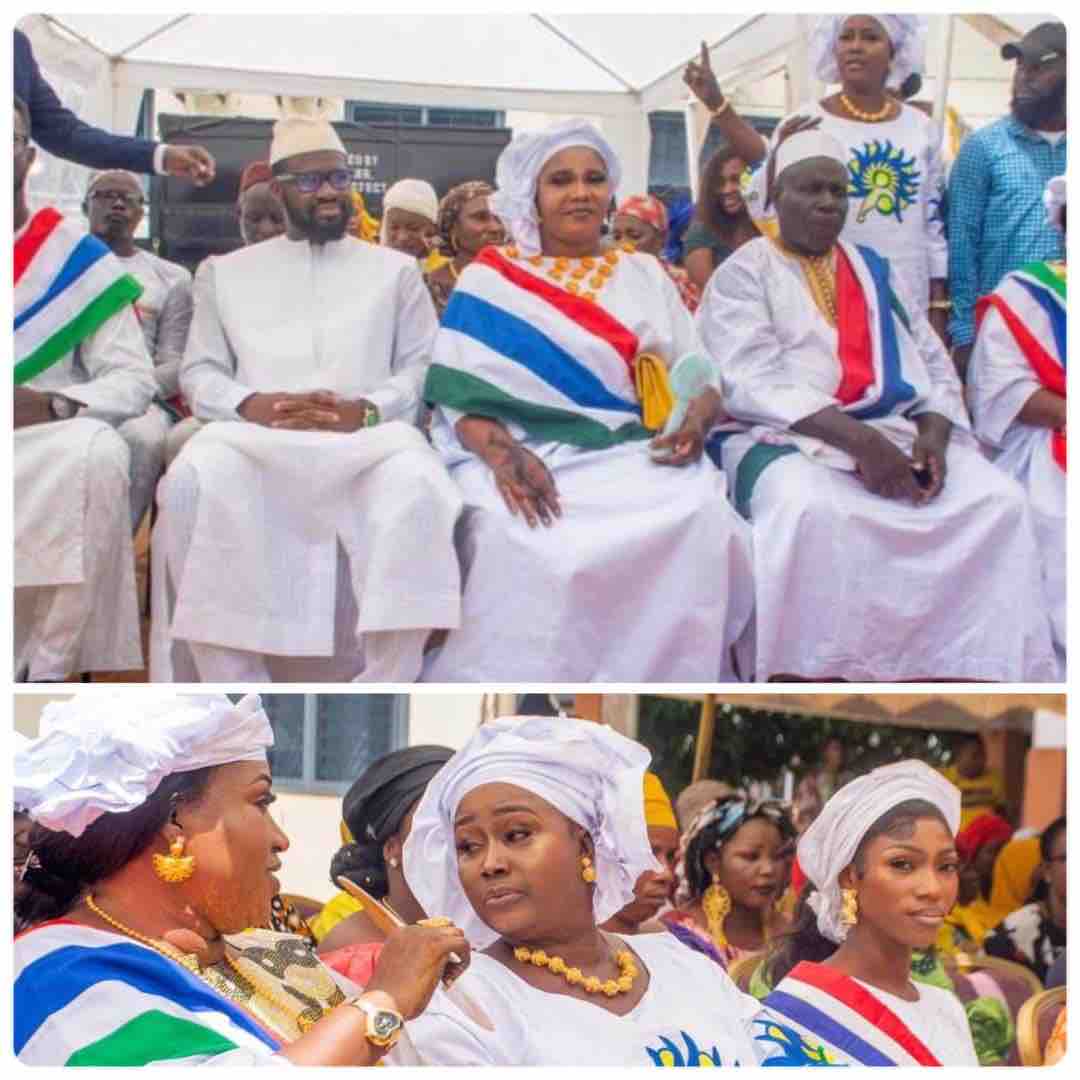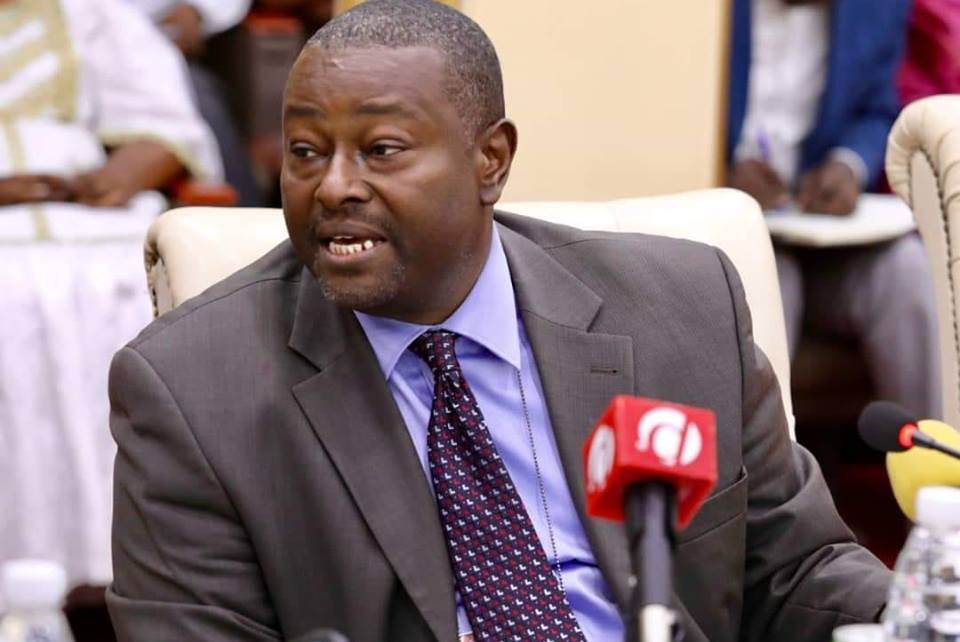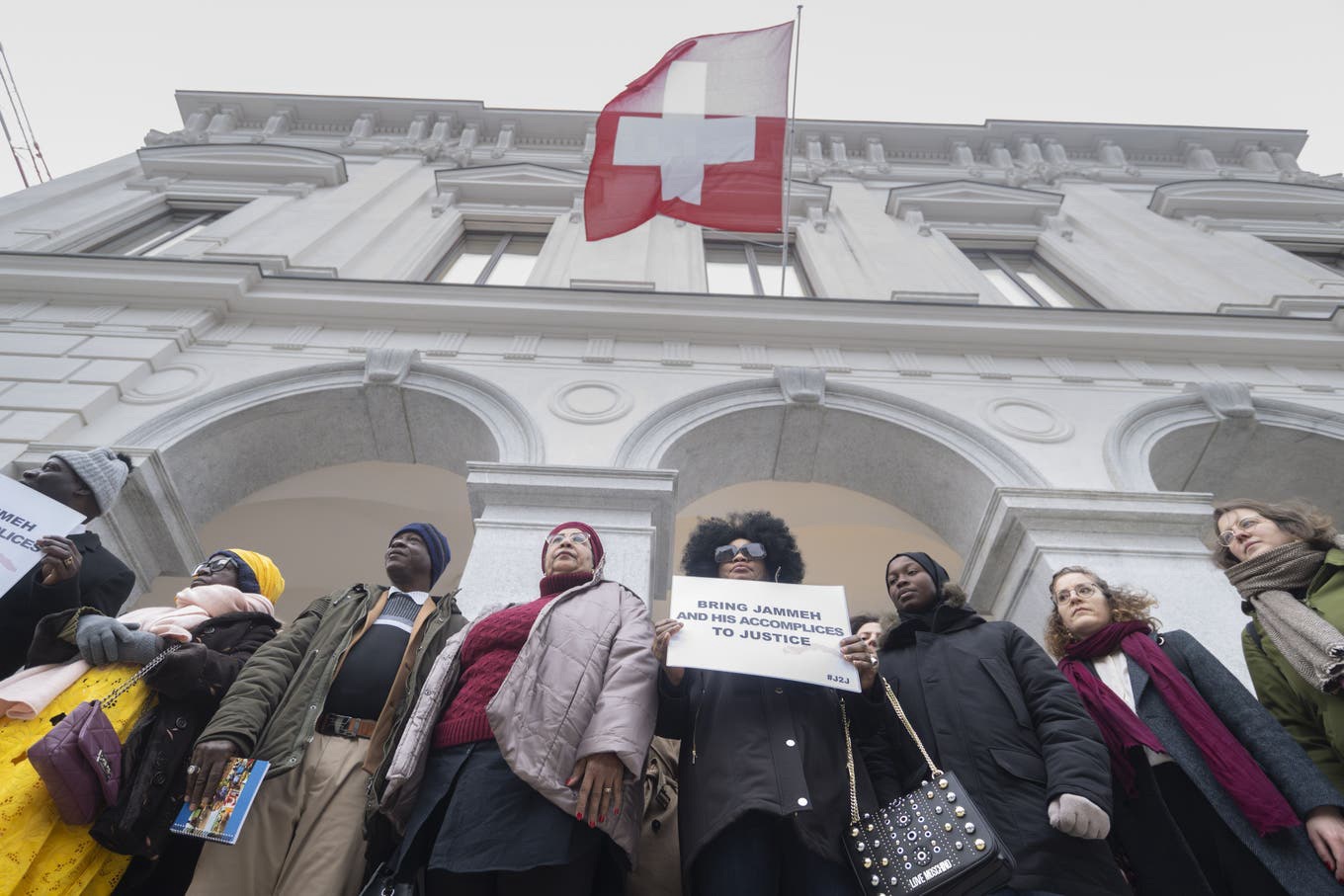By Yunus S Saliu
Dr. Sirio Canós Donnay, an archaeologist at the Spanish National Research Council, Tuesday, 1st October 2024 delivered a presentation on First Archaeological Excavations at Kaabu Kansala, the presentation was done at the NCAC National Centre for Research Division along Kairaba Avenue (opposite Satguru Travels), Fajara.
This was attended by various individuals which included officials of NCAC, Nyancho descendants, history students and teachers, lecturers from the universities, and a lot more.
Hassoum Ceesay, Director General of the National Centre for Arts and Culture (NCAC), speaking before the presentation, disclosed that last year there was a groundbreaking archeological expedition to Kansala, the capital of old Kaabuwhich was undertaken by the archaeologists, they were able to take along some students from the Gambia to introduce them to what could be called basic archaeology.

On this development, “When we were informed of this at the NCAC we were happy about it because we have an archeological mandate on all these archeological sites including Stone Circles, Saell Mounds, etcetera. So, it was a great pleasure that the project was able to take along two students from The Gambia.”
He noted that the National Centre for Arts and Culture hosted the presentation of the First Archaeological Excavations at Kaabu Kansala because “First, we (NCAC) were in the picture about the expedition, secondly, some of our collaborators were part of the team, and thirdly, NCAC has a mandate on archaeology.”
More so, he enunciated that the Centre also sees this as providing the possibility for future cooperation in terms of archeology “between yours and ours university and the Spanish universities, so that we can collaborate on archeological training and more archeological expeditions.”
DG Hassoum Ceesay noted that archeological resources have to be studied so that they will “inform aspects of our history,” adding that it is one of the reasons the NCAC is always eager to support such expeditions, thus the findings will add a new layer to the understanding of the country’s history and the “origins of our societies.”
Dr Essa Touray from the University of The Gambia on behalf of his institution thanked the NCAC for hosting the presentation. He disclosed that their role is to make sure that they adopt a conceptual approach to see how they can adopt ways for their students to be interested in the project.

Kaabu in this country, he said, is a popular history in The Gambia, and “Kansala, especially the battle between Kaabuand Kansala and that of Fouta while noting that the NCAC research, when it comes to the history of Kaabu “This archive has a lot.”
He highlighted different steps taken in documenting the history of Kaabu which included video documentaries “and this brings Kaabu in another form that the video was done at the real environment,” saying this took them to different places like Fouta Djalon Island in Guinea among other areas that attached to the history of Kaabu Kansala.
Meanwhile, Hon. Pa Manneh, a representative of the Nyanchofamily of The Gambia and also a representative of Guinee Lanta NGO based in Guinea Bissau highlighted the significance of knowledge.
He said he attached the significant role played by the Spanish National Research Council, University of The Gambia, NCAC Cheik Anta Jobe University of Dakar, Senegal, and Guinee Lanta in seeking archeologically finding facts about customs, traditions, and social behaviors “in short the history of the people of Kansala to know who we are.”
On behalf of the Nyacho family, he thanked the host, the archaeologists at the Spanish National Research Council, and all who participated in the archaeological excavations at the Kaabu Kansala project.
Dr. Sirio Canós Donnay of the Spanish National Research Council made a comprehensive presentation of the first archaeological excavations at Kaabu Kansala while other speakers at the presentation included Dr. Djodou Baldeh from Guinea Bissau, Mamat Sallah, and Siaka Fadera of National Centre for Arts and Culture including Gambia lecturers and students that participated in the project.





